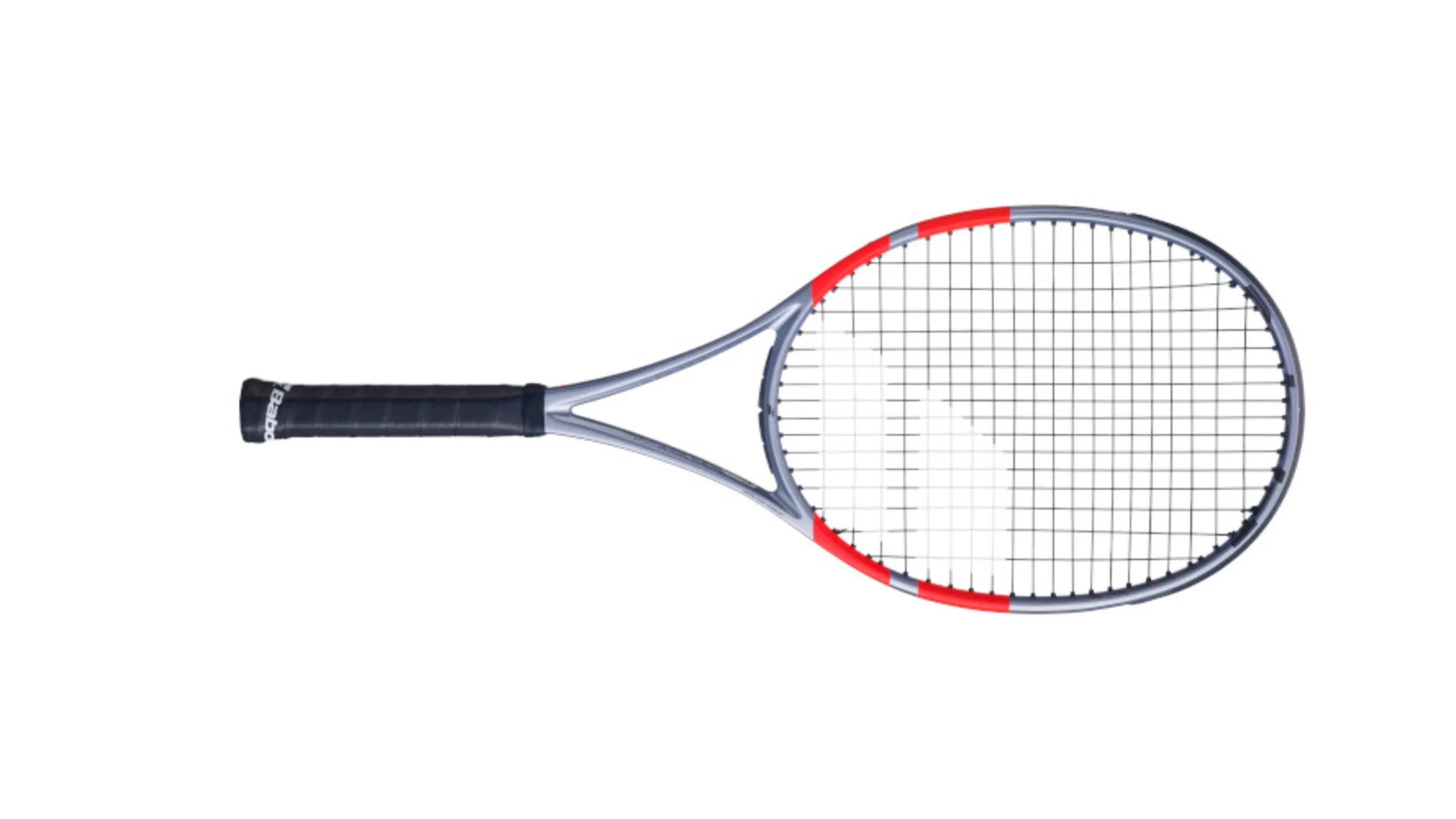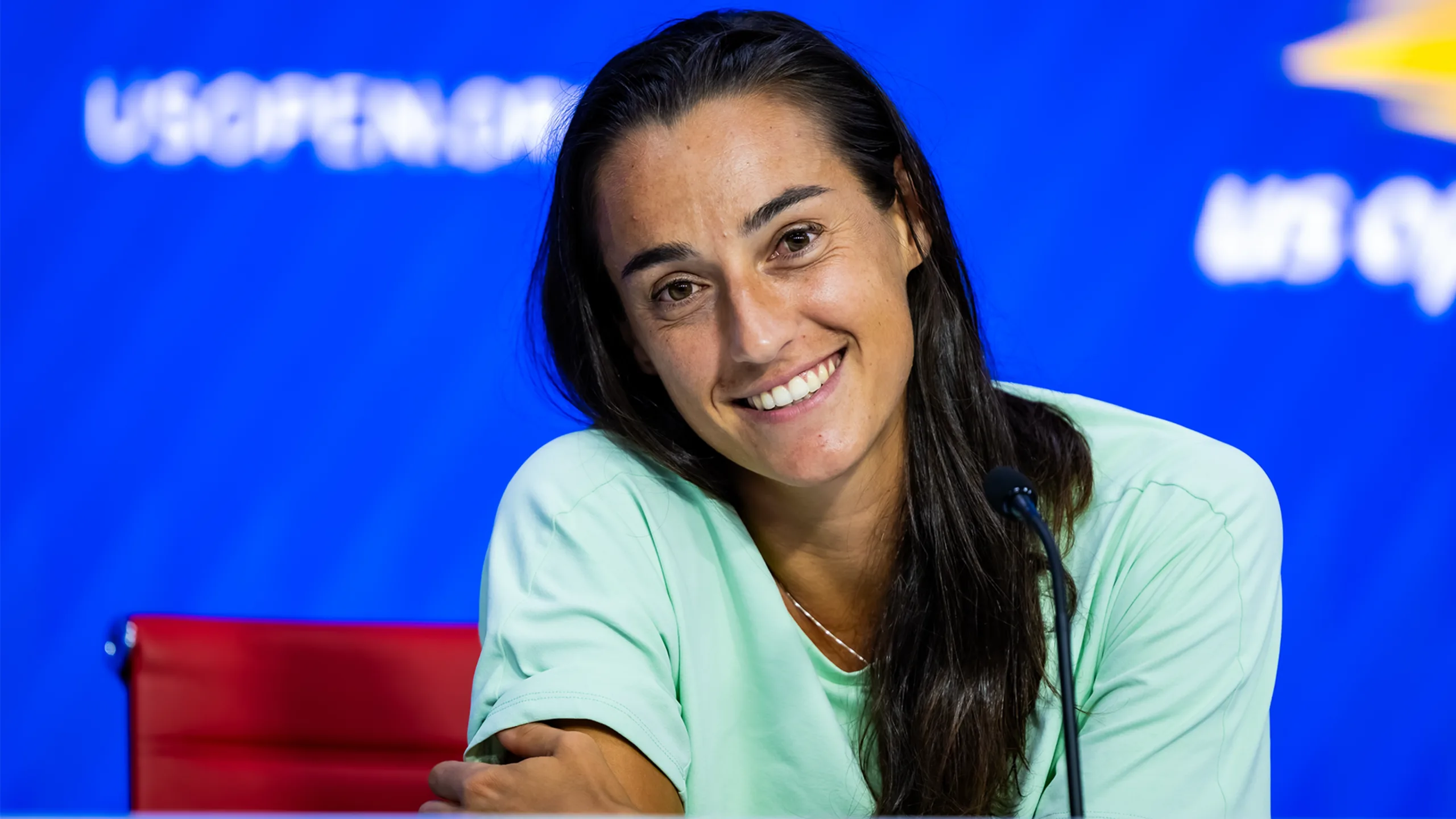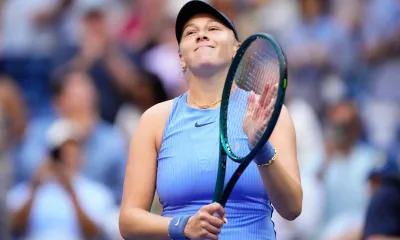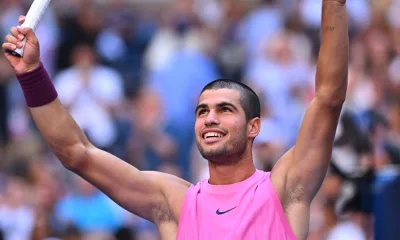Tennis Coaching WTA
Patrick Mouratoglou Reflects on Coaching Split with Naomi Osaka Amid Her Rebound
Patrick Mouratoglou on Naomi Osaka’s competitive edge during their split and her revival in 2025.

Patrick Mouratoglou recently spoke about his coaching tenure with Naomi Osaka, highlighting a key challenge they faced together. The French coach, known for his work with Serena Williams, parted ways with Osaka in late July after a 10-month partnership that began at the China Open last autumn. During this period, Osaka achieved notable milestones, including reaching her first WTA final in nearly three years at the Auckland Open and winning the WTA 125 event in Saint-Malo.
Despite these successes, Osaka struggled to advance deeply in major tournaments, exiting early at the French Open and experiencing a narrow defeat in the Wimbledon third round. Mouratoglou acknowledged that while Osaka possessed physical readiness and champion qualities, “the thing that was missing was the competitiveness.” He added, “I think she’s a great competitor, but at that time she was not as good as a competitor as I think she can be and she has been in the past. And this is the thing that we didn’t solve.”
After their amicable split, Osaka began working with Tomasz Wiktorowski, formerly Iga Swiatek’s coach. This new partnership has shown immediate promise, as Osaka advanced to the semifinals of the Canadian Open, beating top players including 10th seed Elina Svitolina. Mouratoglou expressed confidence in Osaka’s potential moving forward: “When we stopped, I said to her: ‘I think you’re ready. If you find the person that will help you get back your efficiency during the matches, I think you’re ready to do great results right now, and I hope it’s going to happen very soon.’”
Osaka’s recent performances suggest a resurgence in her competitive edge, positioning her well for a seeded appearance at the upcoming US Open, a tournament where she previously claimed two titles.
Analytics & Stats Player News Tennis Coaching
Alcaraz’s off-hand: the hidden engine behind his forehand
Alcaraz’s extended off-hand increases shoulder coil, storing energy that fuels his explosive forehand

Watch almost any top-level player hit a forehand and you will notice the off-hand is not idle. During the takeback it helps position the racquet and rotate the upper body, creating structure and stored energy to release into the shot. For most players the hands separate during the takeback and the off-arm stays parallel to the net.
The current men’s No. 1 takes a different route. Where most players let go of the racquet’s throat when the off-arm is just about parallel to the net, he holds it until his left hand is even with his hitting shoulder. That retained contact changes how his stroke loads and unloads.
Keeping the off-hand on the racquet longer creates greater upper body tension. Mimic his turn and you can feel the stretch in the lats. The added shoulder rotation builds more stored energy that can be transferred into the swing. Yet the result is not a bigger, slower motion. He turns his shoulders more while maintaining a compact geometry: a bent hitting elbow and the racquet head level with the chest, similar to players who use a more modest shoulder turn.
That combination lets him generate faster swing speed without an exaggerated path. He uncoils with a relatively loose arm and so produces immense racquet head speed without relying on an extreme loop or oversized swing.
He is not a template everyone can copy. Few players can replicate his range of motion, upper body flexibility or world-class timing. Even so, approximating a deeper shoulder coil and delaying the separation of the off-hand can measurably increase the amount of energy available to a forehand. For players and coaches focused on adding speed and consistency, the lesson is clear: the off-hand is an active tool for storing rotation-based power, not merely a balancing aid.
Equipment Tennis Coaching
Six underrated racquets that combine thoughtful design with dependable performance
Six overlooked racquets that share high-end design traits and deliver controlled, usable performances.

Manufacturers often reserve the loudest marketing for a few headline models. Here are six lesser-promoted racquets that borrow much of the same DNA and deliver useful performance for players who value control, feel and playability.
Babolat Pure Strike 100 (16×20)
This entry to the Pure Strike line favors temperate response over raw power. A conservative string pattern, a low RA rating (61) and a light swingweight (319) give it a softer, classic feel that differs from typical Babolat models. It is plush and accurate for strategic all-court players, though more advanced hitters may add weight to generate and handle heavier shots. The frame is presented in a sharp carbon grey cosmetic.
Dunlop CX 400 Tour
Despite the Tour label and control positioning, this frame is approachable. It produces pace and depth with modest effort while offering greater command than many similarly spec’d racquets. The balance of firm yet comfortable response and well-rounded playability lets players attack from all areas of the court. Power and spin are slightly restrained compared with some rivals, and a limited-edition cosmetic nods to the classic Max 200G.
Tecnifibre T-Fight 300
A new spec in the T-Fight family, the 300 pairs a 100 square-inch head with a 300g weight. The racquet is lively and highly maneuverable, with foam filling in the frame creating a crisp, clean feel at contact. It offers more assistance than a pure control frame without becoming overpowering. The constant beam is not overly stiff or thick, and the model is available in standard white or a special blue “ID” colorway.
Volkl Vostra V9 (305g)
The new Vostra V9 mold sits between the V8 and V10 lines. An extra cross string and a thinner beam increase control and versatility relative to the V8, while a larger head size and slightly thicker beam make it more user friendly than the V10. The result is a predictable, forgiving frame that provides enough pop to finish points or escape trouble without becoming hard to manage.
Wilson RF 01
Though Roger Federer is associated with the RF 01 Pro, the lighter RF 01 has broader appeal. Federer’s design emphasis on rapid acceleration shows in the tapered beam that helps generate pace and spin from a conservatively spaced string bed and a relatively small sweet spot. Directional control and feel on clean contact are strong, and the racquet excels when played on the front foot by experienced, all-court players.
Yonex EZONE 98 Tour
The EZONE 98 Tour appears on this list by name as another under-the-radar option worth noting.
Player News Tennis Coaching WTA
Garcia: I wish I had learned an ‘Option B’ — reflections on career and coaching
Garcia says she lacked an ‘Option B’ and regrets not learning a simpler, match-saving plan She said

Fresh off her 2025 retirement, Caroline Garcia sat down with coach Bryan Shelton for the Tennis Insider Club podcast and shared highlights of the conversation on her social media on Thursday.
“I should have added in my game more of an Option B because most of the time with my game, it was very risky,” the former world No. 4 reflected. “There were, I think, a lot of matches that I lost that I could have been able to win if I had been taught to be like, ‘Ok, today I have to put [the ball] in.’”
Garcia twice reached the Top 4 in the WTA rankings and won the season-ending WTA Finals in 2022. That season also produced her first and only Grand Slam singles semifinal at the US Open. She collected a pair of major trophies in women’s doubles, but singles Grand Slam success remained out of reach before she retired earlier this summer.
Working with a number of coaches over her career, Garcia credited her father, Louis-Paul, as a persistent presence on her team even when others served as primary coach. “My dad wanted me to be aggressive, do winners, but there are some days when either I was not feeling it or I was too stressed, and I was not able to do it. I didn’t know how to put it in, that maybe putting it in is good enough, and tomorrow I could step on court again and go back to my way,” she said.
“It was only one way for me to play, and it didn’t open me to another way. It was like, I don’t know how to do the rest. Maybe if I spent time doing, maybe I could have learned, and maybe I would have only used it for five matches a year, but maybe those five matches a year will allow me to do one step more in the Slams. So, I think that’s what I missed: learning an Option B but also having someone to tell me how to do an Option B and have the confidence I could do it. The support from my team around and, at that time, my father, to give me more options.”
Garcia suggested that lesson may resonate for Bryan Shelton as well. He has coached his son Ben through a breakthrough that included a Masters 1000 title at the National Bank Open in August. Ben was in contention to qualify for his first Nitto ATP Finals while working back from a shoulder injury suffered at the US Open; the American lost in the second round of the Swiss Indoors Basel to Jaume Munar, falling to 0-3 in their head-to-head.
Garcia launched the Tennis Insider Club podcast in 2024 alongside then-boyfriend, now husband Borja Duran. Garcia and Duran tied the knot after Wimbledon this year and spoke eagerly about her next chapter weeks later at the Cincinnati Open.
-

 Analytics & StatsATPUS Open2 months ago
Analytics & StatsATPUS Open2 months agoSinner: Predictability Cost Me in US Open Final as Cahill Reveals Djokovic’s Counsel
-

 Analytics & StatsUS OpenWTA2 months ago
Analytics & StatsUS OpenWTA2 months agoAfter the US Open: Six WTA takeaways from the 2025 tournament
-

 Analytics & StatsFinalsWTA2 months ago
Analytics & StatsFinalsWTA2 months agoCan Iga Swiatek Overturn Aryna Sabalenka for 2025 Year-End No 1?













